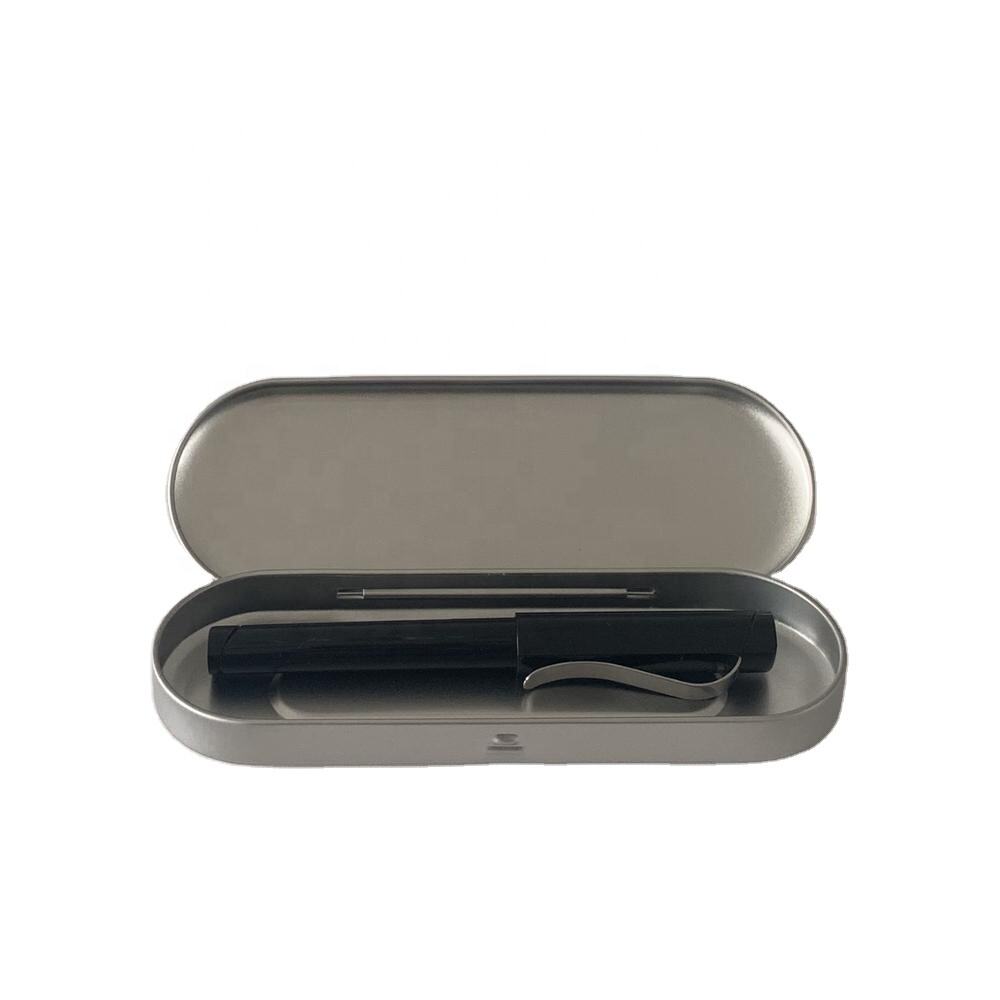Wprowadzenie
Ochrona puszek gotówkowych, czy to jedzenie, napoje, przedmioty niepożywcze w całej puszce. Pokrycie służy nie tylko do utrzymania świeżego smaku, ale także zapewnia bezpieczeństwo i wygodę. Wraz z postępem technologii opakowań, istnieje coraz większa gama pokrywek do PRODUKTY w tym celu należy stworzyć systemy, które odpowiadają różnym potrzebom: zarówno przedsiębiorców, jak i konsumentów. W tym artykule omówimy różne rodzaje pokrywek z puszek dostępnych obecnie, od śruby do odkręcania i innych metod, opisując, co czyni je wyjątkowymi i gdzie są używane.
Z przesuwaną zawiasą
Śruby są opcją wieloletnią, z łatwym do otwarcia i ponownego zamknięcia. Wykonane z materiałów takich jak metal i plastik, śruby są szeroko stosowane do przechowywania żywności, w tym produktów konserwowanych i konserwowanych. Ich główną zaletą jest szczelna us
Z wyłączeniem:
Ta zszywająca się pokrywa zapewnia nie tylko szybkie i wygodne uszczelnianie, idealnie nadające się do codziennego użytku. wykonana z tworzywa sztucznego lub lekkiego metalu, pokrywy te są często widoczne na pojemnikach z żywnością i małych garnkach far
Pokrywy odkupień lub łatwo otwierane
Odkładane lub łatwo otwierające się pokrywy są zaprojektowane dla wygody konsumentów, umożliwiając łatwy dostęp do zawartości bez konieczności włożenia żadnych wysiłków.ponieważ tego rodzaju wyściółka jest zwykle wykonana z metalu o obrzeżach oczyszczonego miesz
Pokrywy próżniowe
Powierzchnia, w której znajduje się pokój, jest bardzo wysoka, a powierzchnia, w której znajduje się pokój, jest bardzo wysoka. W przypadku, gdy wnętrze jest wysoka, można użyć powierzchnia, w którym znajduje się pokój.
Pokrywy ciśnieniowe
W zamknięciach wrażliwych na ciśnienie uszczelnienie powstaje za pomocą klejnotów lub naciskając na pokrywę. pokrywki te, powszechne w elastycznych opakowaniach, są stosowane w zastosowaniach takich jak produkty farmaceutyczne i kosmetyki, w których bezpieczne zamknięcie ma
Pokrywy zabezpieczone przed dziećmi
W przypadku niektórych produktów farmaceutycznych i chemikaliów gospodarstwa domowego wymagane są takie pokrywy, aby zapewnić dostęp do zawartości tylko użytkownikom przeznaczonym.
Pokrywy odporne na usterki
Pojawiły się w Polsce, w Niemczech, w Niemczech, w Niemczech, w Niemczech, w Niemczech, w Niemczech, w Niemczech, w Niemczech, w Niemczech, w Niemczech, w Niemczech, w Niemczech, w Niemczech, w Niemcze
Pokrywy przyjazne dla środowiska
W związku z coraz większym naciskiem na ochronę środowiska, pokrywy przyjazne dla środowiska stały się alternatywą, która jest tak samo zielona, jak i ekonomiczna. pokrywy te są wykonane z materiałów biodegradowalnych lub poddawanych recyklingowi, takich jak kwas polimłotny lub kompo
Inteligentne pokrywy z technologii wbudowanych
Przyszłość opakowań jest inteligentna, a inteligentne pokrywy są wiodącą stroną tej innowacji. pokrywy te zawierają technologii wbudowane: na przykład czujniki temperatury, wskaźniki świeżości lub linki do stron internetowych, na których można uzyskać więcej informacji na temat zdrowia i bezpieczeństwa
Podsumowanie
Wybór pokrywy do puszki to nie tylko sprawdzenie, czy jej zawartość jest bezpieczna. Chodzi o znalezienie odpowiedniej odpowiedzi dla tego produktu i jego użytkowników. Od klasycznej twist-in pokrywy, po nowe wysokiej technologii pokrywy, które jeszcze nie zostały wprowadzone na rynek, będzie

 EN
EN
 AR
AR BG
BG HR
HR CS
CS DA
DA NL
NL FI
FI FR
FR DE
DE EL
EL IT
IT JA
JA KO
KO NO
NO PL
PL PT
PT RO
RO RU
RU ES
ES SV
SV CA
CA IW
IW ID
ID LV
LV LT
LT SR
SR SK
SK SL
SL UK
UK VI
VI SQ
SQ HU
HU TR
TR FA
FA MS
MS GA
GA CY
CY LA
LA